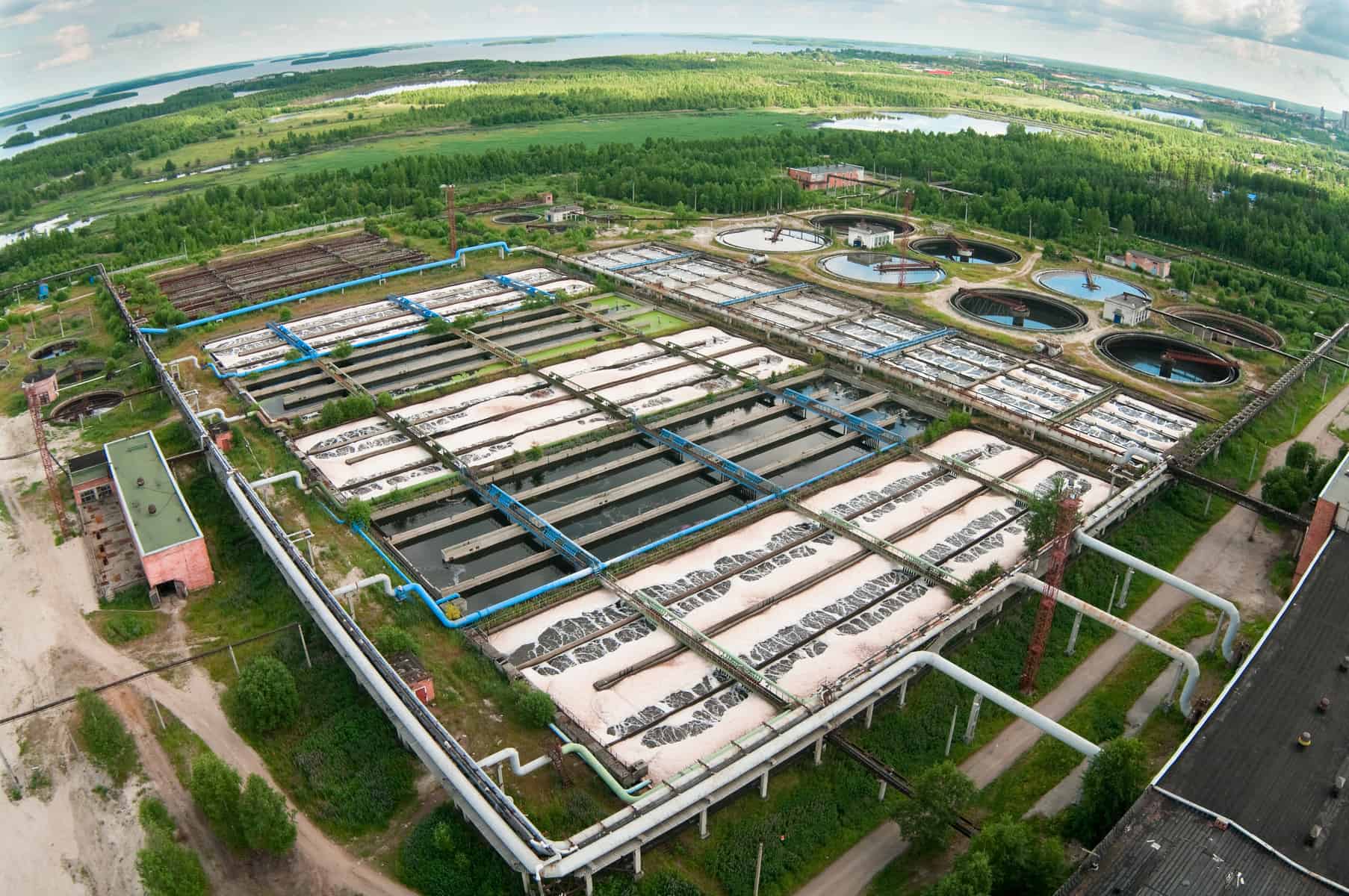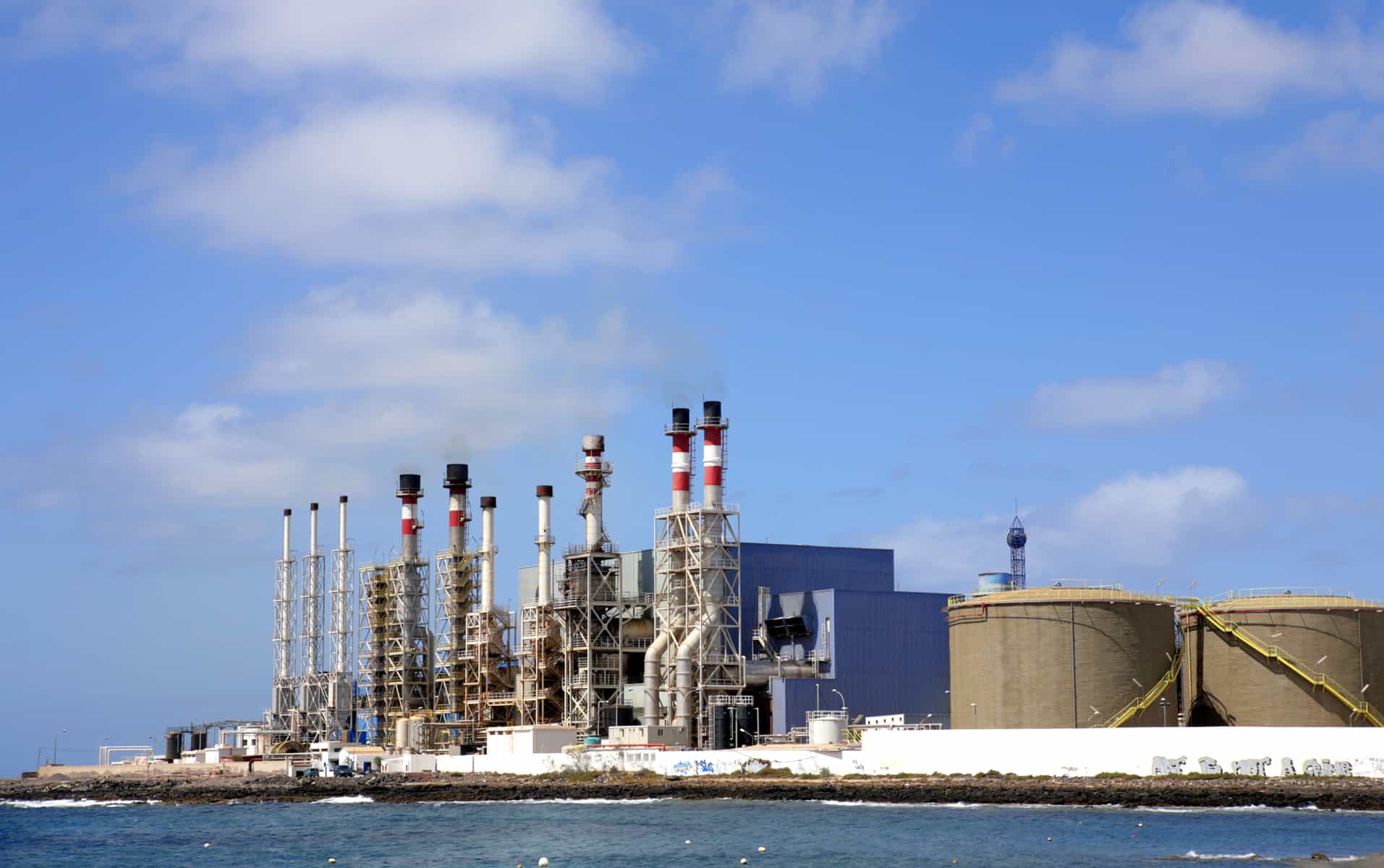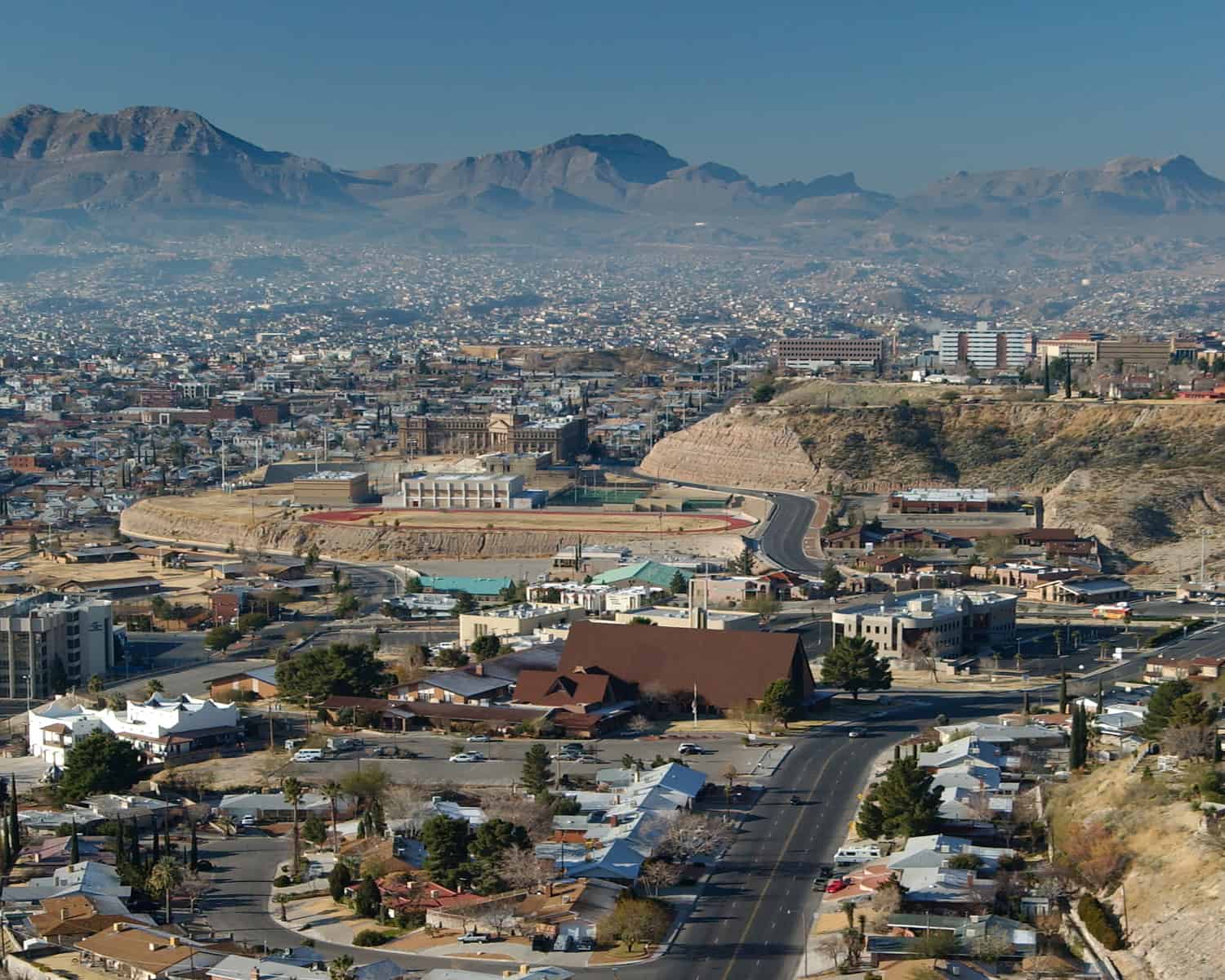Can the Hyperloop Solve Traffic?

In an era where traffic congestion and transportation challenges are a daily reality, visionary minds in the energy and technology sector have set their sights on revolutionizing how we move from one place to another. After all, it's no surprise that the hours spent on the road augment environmental degradation issues. Not to mention that a more strategically designed system could help enhance the efficiency of the transportation networks we have now. The Hyperloop, for example, is a groundbreaking innovation that holds the promise of transforming our world and helping community leaders save the environment through infrastructural and technological ingenuity.
What is the Hyperloop?
The concept of the Hyperloop was first introduced by the entrepreneur and CEO of SpaceX and Tesla, Elon Musk, in 2013. Musk's white paper, "Hyperloop Alpha," laid out the foundation for this revolutionary mode of transportation, describing the Hyperloop as a futuristic mode of transportation that boasts the potential to redefine how we perceive distance, time, and energy efficiency. Conceived in response to the escalating problem of traffic congestion, this new technology envisions passenger and cargo pods hurtling through vacuum tubes at incredible speeds. So how does it work? The Hyperloop system is essentially just a network of interlinking, partially evacuated tubes. The low-pressure environment created within this system allows for the movement of heavy pods at ultra-high speeds through the incorporation of a propulsion system and contactless magnetic levitation that pushes the pods with ease through the tube with very low aerodynamic drag.
The Hyperloop made waves in the technology sector because it promised to introduce a sustainable, energy-efficient, high-speed system that could potentially carry people and goods over vast distances at speeds exceeding 700 miles per hour. However, to fully understand this new invention's potential, it's essential to understand its significance in the context of our modern challenges. Traffic congestion is a considerable problem, with 28% of the world's annual CO2 emissions attributed to road transportation. Moreover, a staggering 28% of the world's energy consumption is devoted to the transportation sector. To make things even better, the Hyperloop can run off electricity alone, allowing for more flexibility when tackling issues of energy consumption and environmental impacts.
A Glimpse into the Future
The Hyperloop represents more than just a solution to today's traffic woes. It's a glimpse into a future where sustainable transportation is not only possible but practical. These technological advancements hold the potential to reshape the way we live and interact. The Hyperloop, created primarily in response to traffic, is part of a broader movement in the energy and technology sector. These innovations can potentially change the course of our future and save our planet. With an eye on waste reduction, conservation, and innovative solutions, the Hyperloop stands as a beacon of hope, illustrating the possibilities of sustainable, efficient, and environmentally friendly transportation. As we pursue these goals, the creativity and dedication of the energy and technology sector are indispensable.
Do you want to learn more about futuristic technology, energy, the environment, and the amazing careers that connect them all? Visit Resourcefulness.org and Smart Energy Education. Also, don't forget to watch Power Trip: The Story of Energy on PBS, Apple TV, and Prime
Image Credits: powertripshow/.


